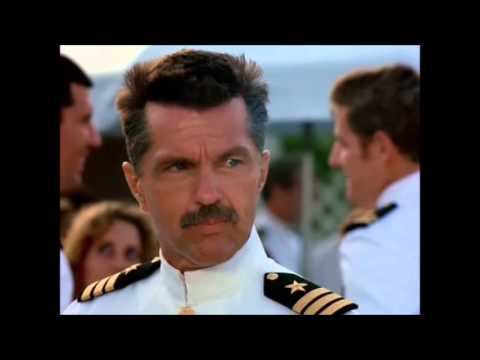Mike4Foxtrot
Filing Flight Plan
- Joined
- Sep 4, 2021
- Messages
- 9
- Display Name
Display name:
Mike4Foxtrot
I was recently involved in a substantial accident, with no injuries. I'm a CFI and essentially what happened is that my student had a bad flare which resulted in a hard landing. I took controls to do an immediate go around from the bounce. I did what I perceived to be the standard procedures (full power/nose forward with rudder coordination, then clean up) but I wasn't able to generate any lift and the aircraft slipped out of control and flipped over. This occurred in a C150. I already can identify multiple things I could have done that would prevented this.
Any input is much appreciated. My flight school and the FAA has been really supportive and reassuring. I wasn't grounded or anything and they both said I did the right thing after the bounce and the plane had as much power as possible based on what happened with the prop. Again, I can identify a couple things we should have done differently prior to the approach and I will use this experience to become a much better, detail oriented instructor. The student has solo'd before and wants to keep training.
Thanks again for any thoughts.
Any input is much appreciated. My flight school and the FAA has been really supportive and reassuring. I wasn't grounded or anything and they both said I did the right thing after the bounce and the plane had as much power as possible based on what happened with the prop. Again, I can identify a couple things we should have done differently prior to the approach and I will use this experience to become a much better, detail oriented instructor. The student has solo'd before and wants to keep training.
Thanks again for any thoughts.

